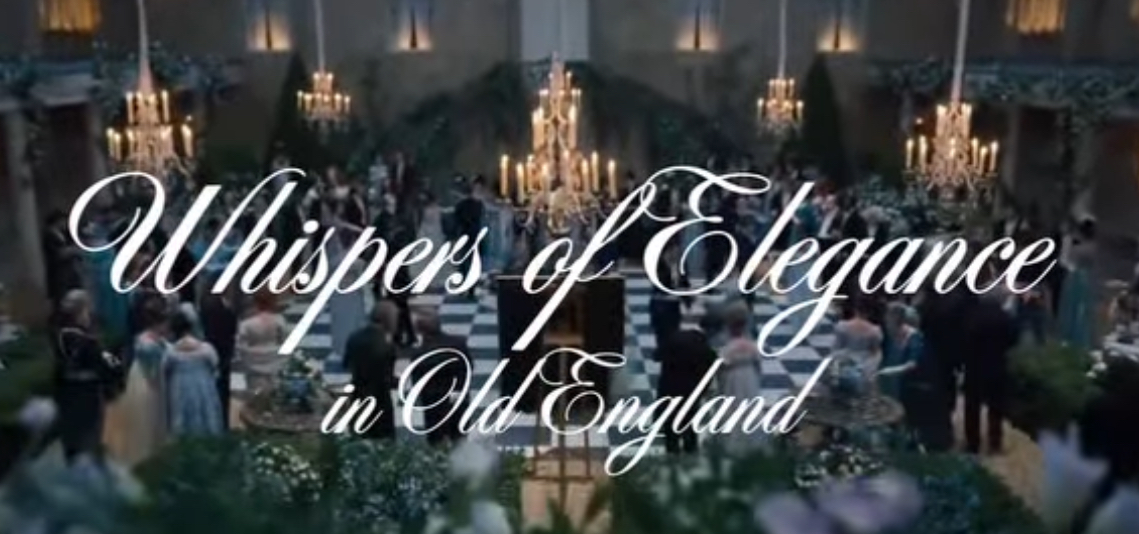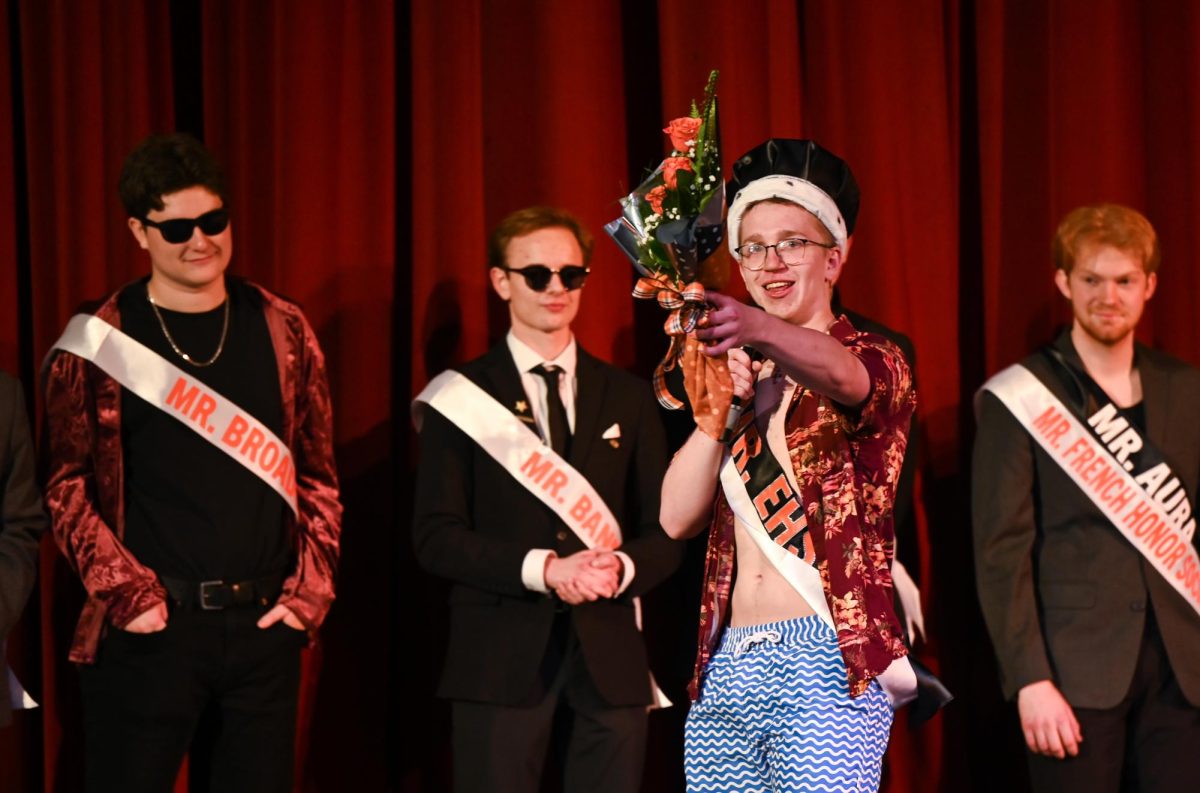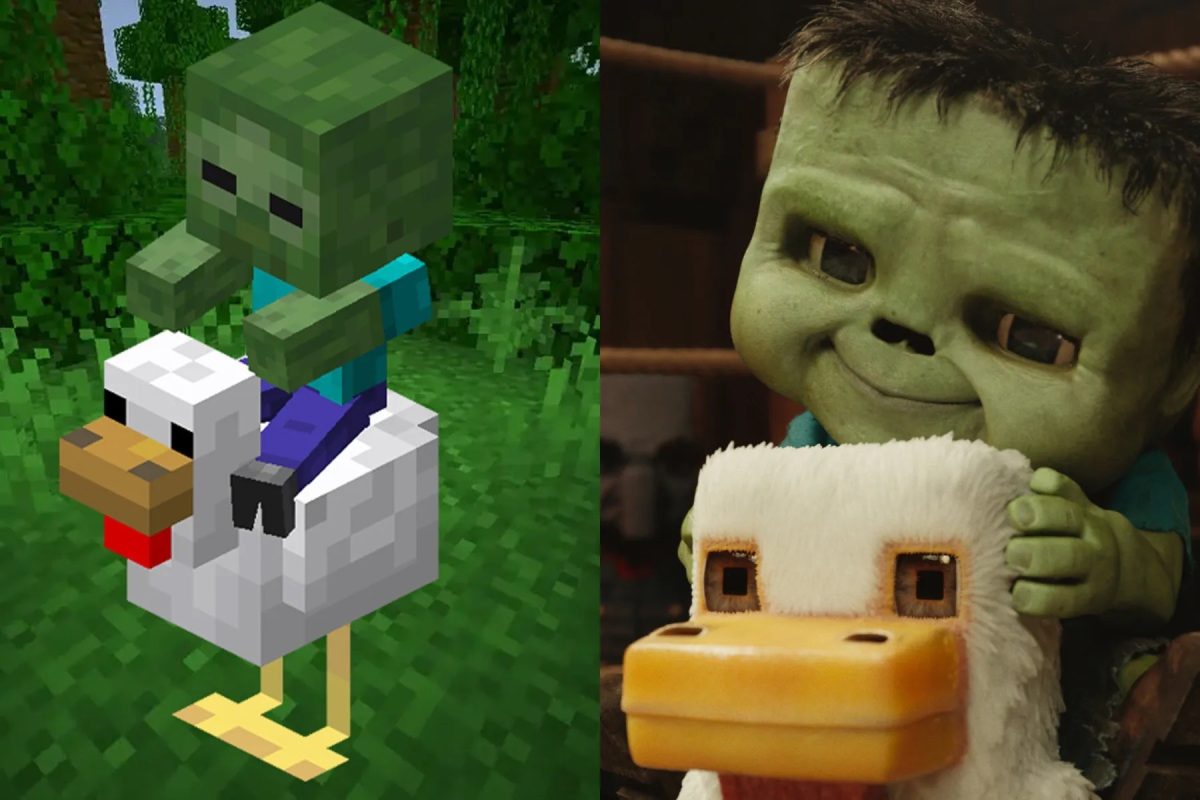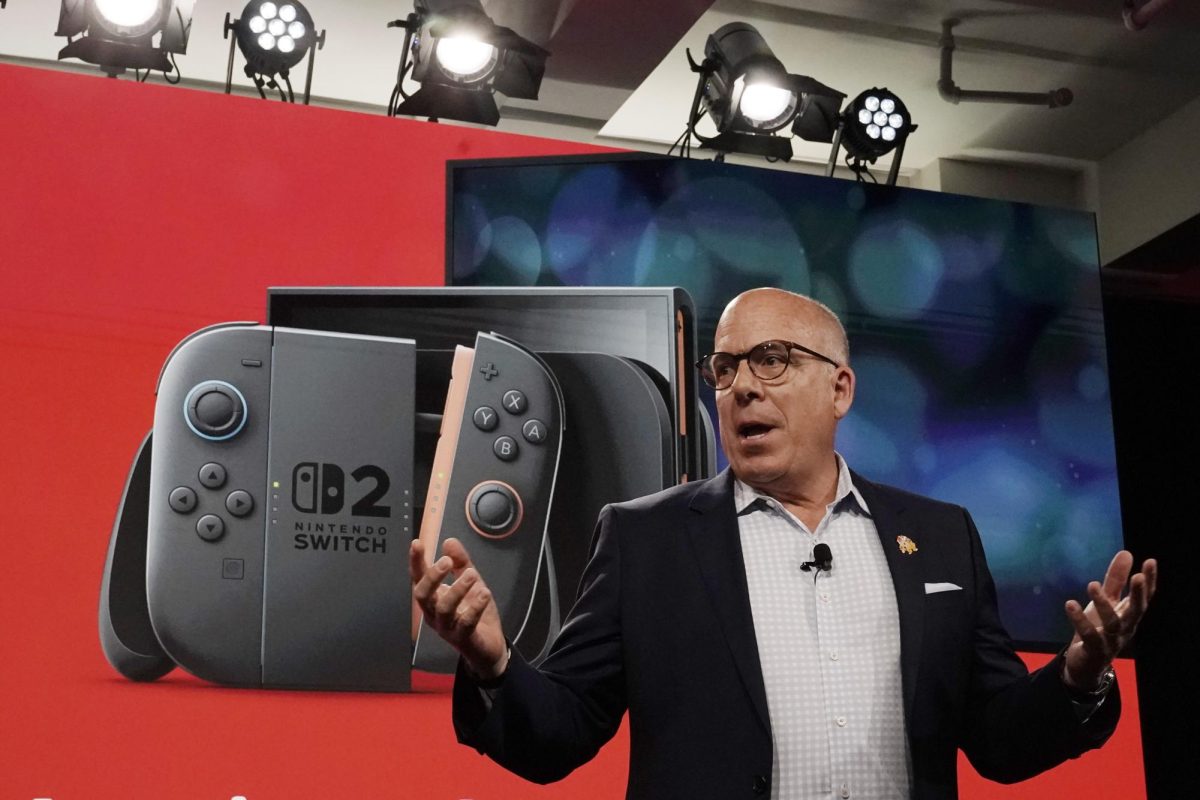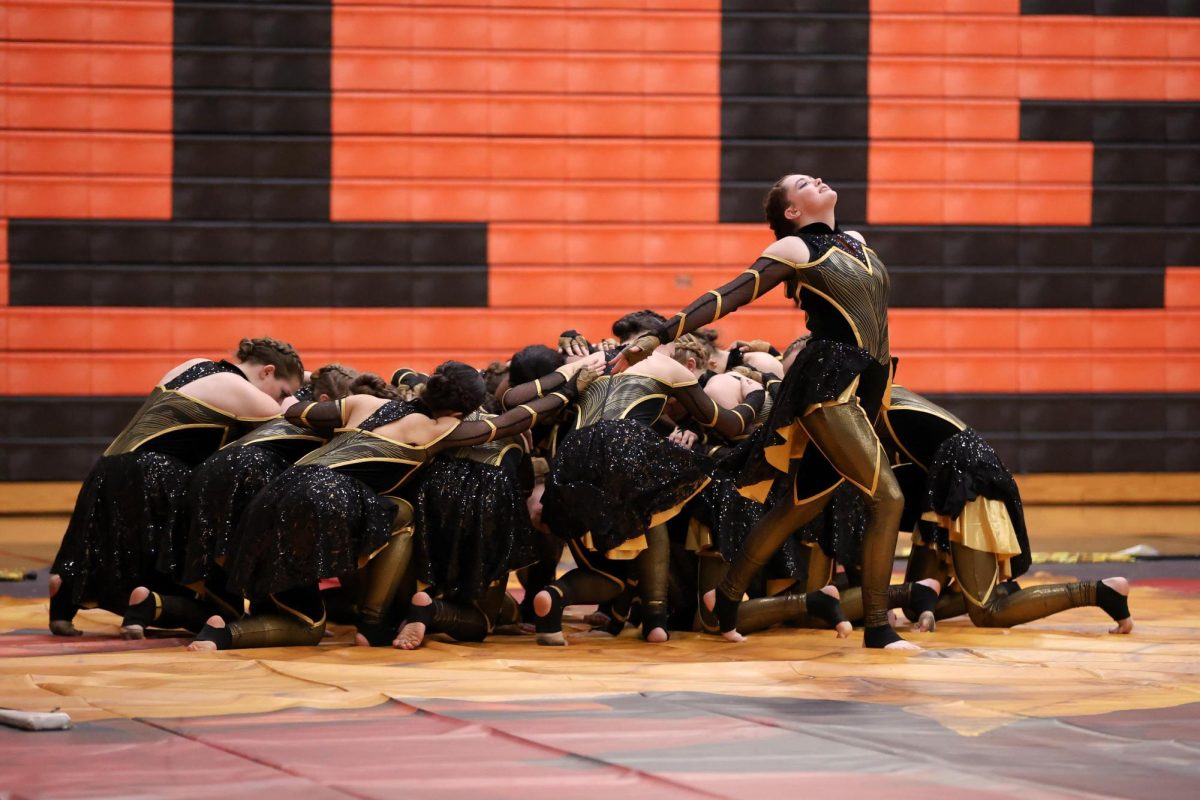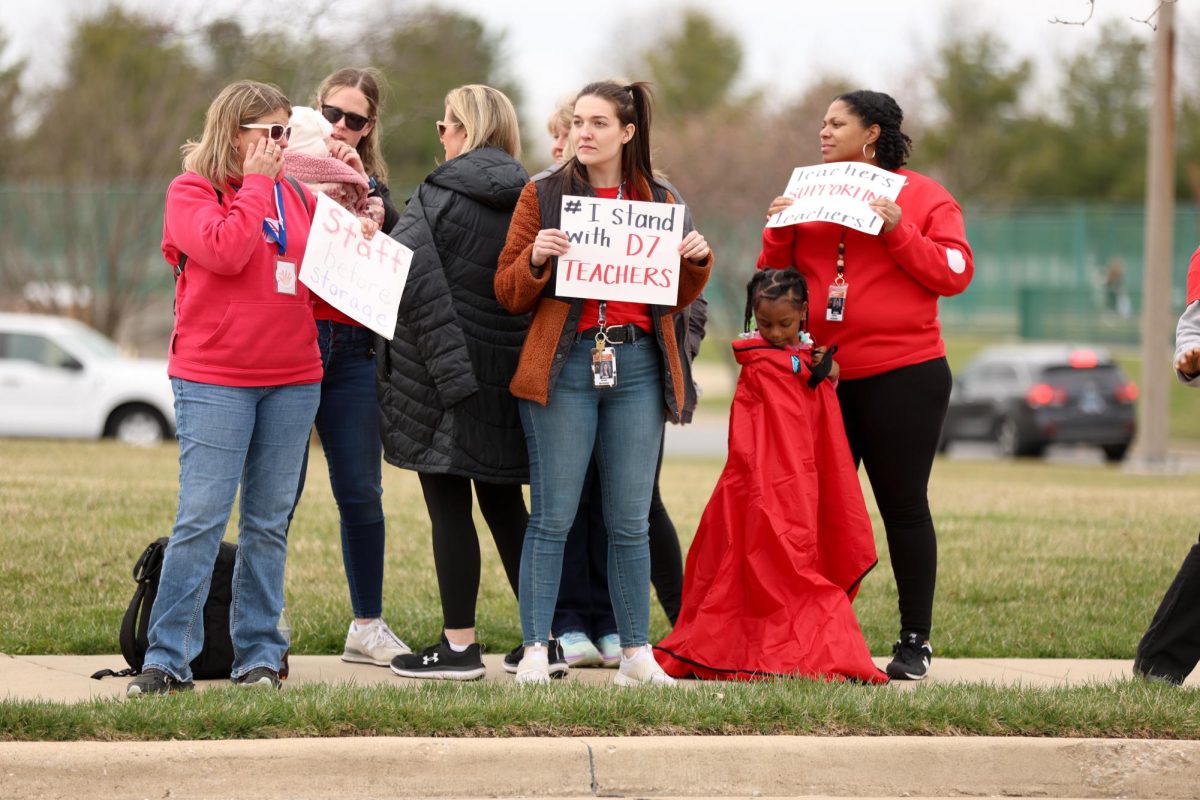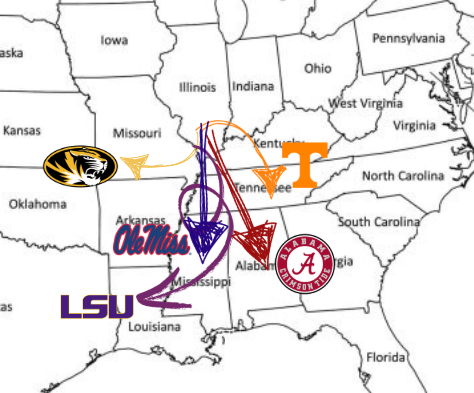Death Note: The White at the End of the Tunnel
September 7, 2017
Netflix’s original movie “Death Note” is a mediocre movie that misses the mark cinematically and in its storytelling, but its ‘Americanization’ left viewers angry and its defining characteristics forgotten.
On Aug. 25, Netflix browsers saw “Death Note” appear on the spotlight above their recently watched. When I saw it, I thought I would give it a try. However, like many, I did not know “Death Note” is based off a popular Japanese manga series by Madhouse. In the manga series, a notebook entitled “Death Note” is given to a boy named Light. Light can kill anyone by just writing their name in the book with the power of a death god.
According to the plot summary of the manga series on Wikipedia, the movie plot followed the series accurately enough, with some cuts here and there. These cuts are likely the truncation of the 12 volume manga series into a one hundred minute movie. Despite having numerous adaptions, Netflix’s film is the first American version.
The film is centered around Light Turner, a stock, angsty loner. He naturally blames his cop father for not bringing his dead mother’s killer to justice. This is delivered rather bluntly in the dialogue, and we see Light’s main motive for killing: his lack of faith in the justice system. Despite this, we see a major hole in Light’s logic by killing more and more people after his motive dries up.
The plot was fun and interesting enough to keep a viewer’s attention for under two hours, but the real problem was the development in Light’s character as well as others. For example, we are introduced to a cheerleader, Mia. A couple scenes, she’s killing people in the cafeteria, accompanied by a boy she just met. Both Mia and Light’s motives are difficult to determine as the movie progresses.
Nat Wolff (The Fault in Our Stars) portrays Light Turner. Light’s name had been changed for American screens from Light Yagami to Turner. Apparently, having the main character remain of Asian origin and staying true to his name is too alien for American screens. The same trend can also be seen in the casting.
Producer Masi Oka pointed out in an interview with Entertainment Weekly that the movie takes place in Seattle, therefore it makes less sense to have an all-Asian cast. So there are no Asians in Seattle? At all? In the American version of “Death Note,” fans were looking for an Asian-American actor. Understandably, not all characters can be Asian, but at least Light’s ethnicity could stay true to the manga series. The lack of diversity is reminding many movie viewers of other Hollywood whitewashing stories. Some of the highly publicized instances include “Doctor Strange” and “The Ghost in the Shell.”
The Japanese god in the manga series, called Ryuk, was not identified as Japanese in the Netflix original. The dialogue brushes over what Ryuk, played by Willem Dafoe, actually is. Ryuk refers to himself as ‘a death god’ in the Netflix original, and his Japanese origins are not mentioned at all. While the American version is just an adaption, seeing the story’s roots in small plot points is important to the original story’s ideas.
As Light kills more “criminals,” as he sees them, he takes on the name of “Kira,” leaving it written at crime scenes in blood or spray paint. In the Japanese manga, “Kira” is based off of the Japanese pronunciation of killer. In the American movie, Light explains that while “Kira” “sort of means killer in Japanese,” it means ‘light’ in Russian and Celtic. This is another instance of American screens robbing “Death Note” of its defining characteristics.
Overall, the movie caught a lot of criticism for its character development flaws, and it’s obvious the ‘Americanization’ of this movie didn’t help.




